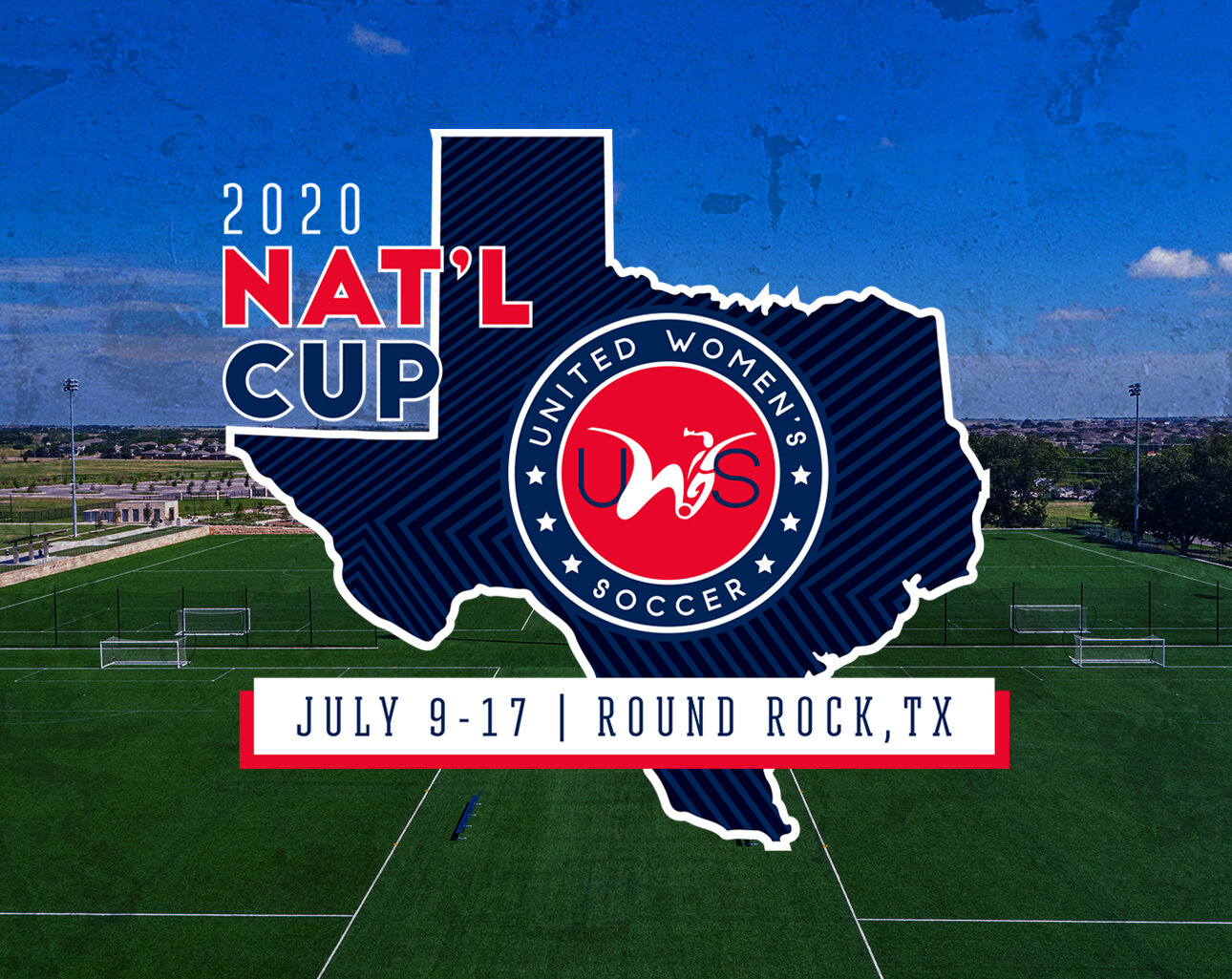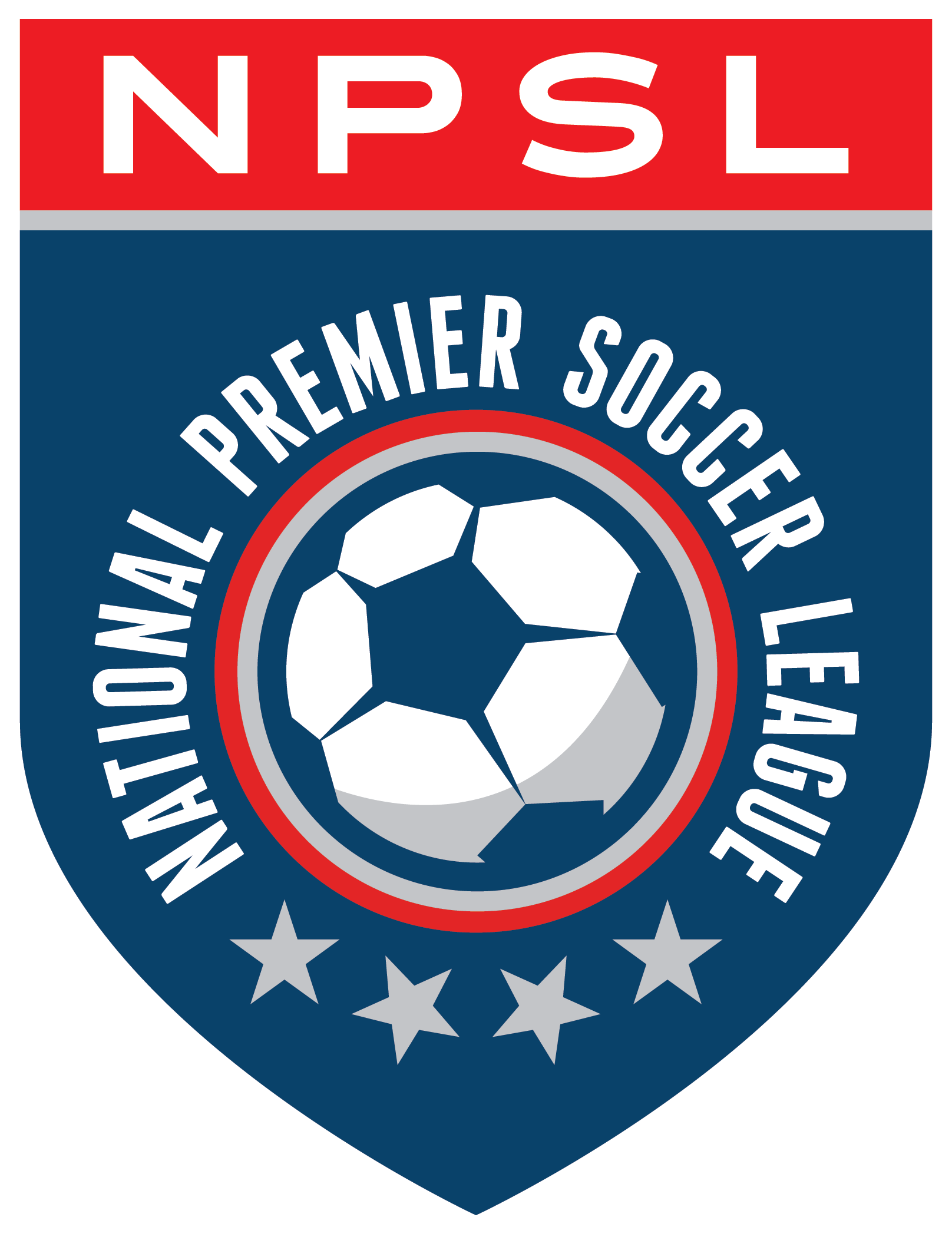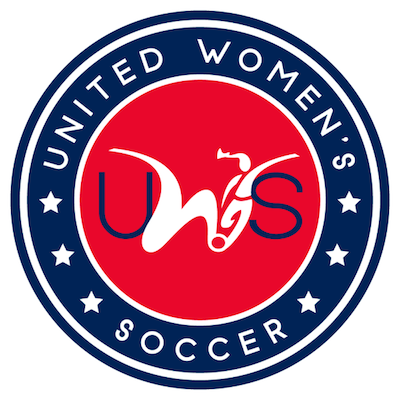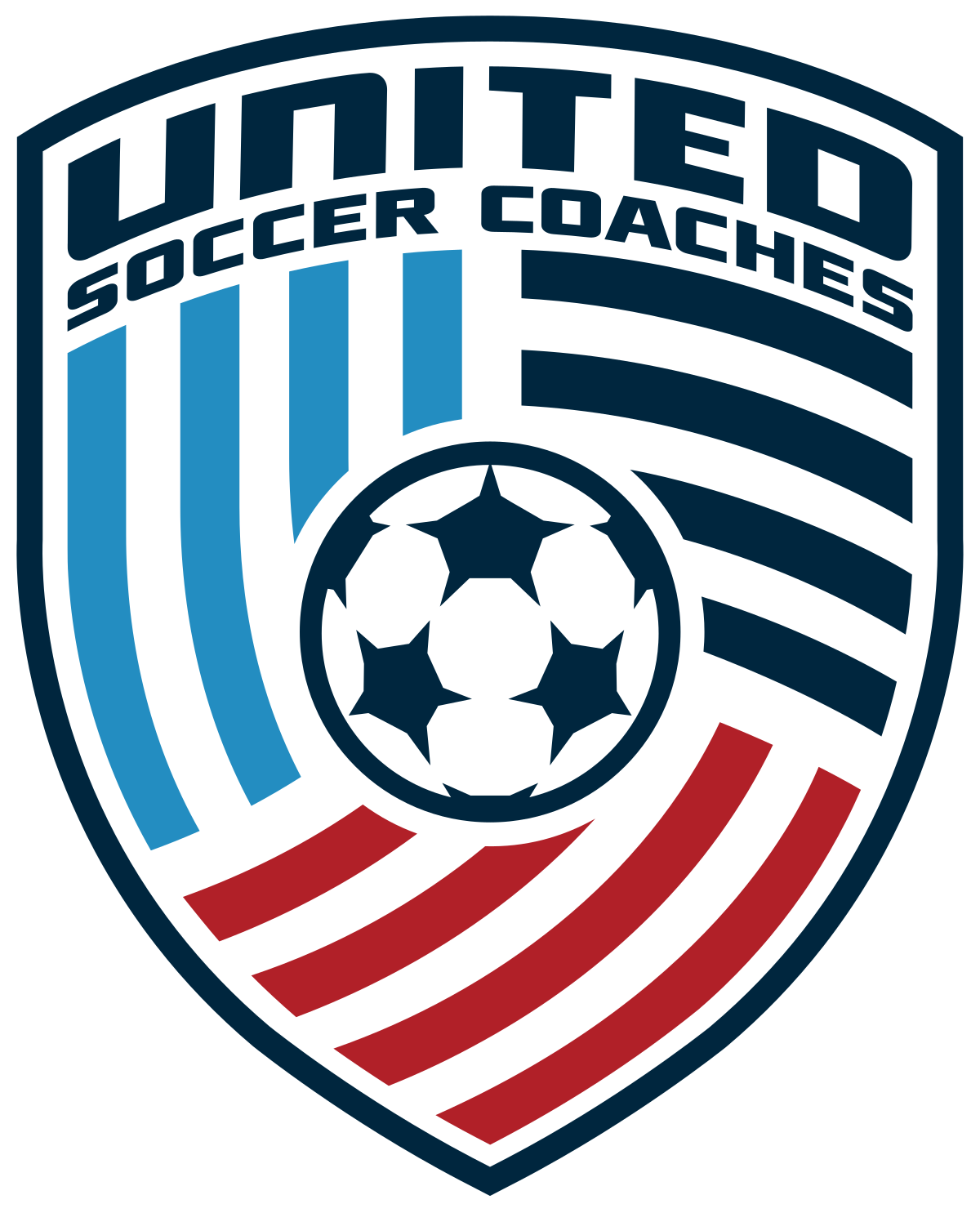What we felt was, what if we tried to produce a top-notch event? Where the players are all treated very well, where we do a lunch paid for by the league. We put much more money into making sure it was a great facility, that the livestreaming was good. We wanted all the things around the championship to be done right. When the players arrived, we gave them t shirts, gift baskets, had a luncheon for them. Let’s try that and make it a great event. Then let’s start working on the crowd. Even though we might not have great crowds in the first couple of years, by hosting the championship, over time we can. “If you build it they will come” kind of idea. I'd be willing to bet you a steak dinner we’ll have 1,500 people at next season’s championship.
Protagonist: It seemed like a lot of lower leagues struggled to draw fans to their championships this spring. How much do you worry about fan support and match day atmosphere for a championship match?
SJ: We clearly want it to be better. Like I said before, we first wanted to get it in a great facility, which we did. Second, we wanted to make it an amazing weekend for the players, where we provide everything and they are treated like royalty. Everything was taken care of. So now we have that part hammered out. So the next part is the fans. Let’s give it two years and let’s see if we can drum up interest. Let’s try and get the local community to come out and support it. Let’s see what we can along those lines.
To be honest with you, just because this is our idea doesn’t mean it’s going to work or that it’s right. Let’s give it a couple of years and if we are able to draw good crowds, then we’ve solved that issue.
Protagonist: The two clubs in the Championship were Pensacola FC and Utah Royals Reserves, from a league perspective, is it a good thing to have a NWSL reserve side finish as the runner-up for your 2019 season? Does that question the strength of the league?
SJ: There’s a couple of ways to look at that. Most of their players, even though they are called a reserve side, are collegiate players. I’d venture a guess, if you looked at their roster, 80% of their players were collegiate athletes, just like every other club. So, it wasn’t like it was the 8 players that train with the first team [NWSL] that are filling time with the reserve team. In order to play with collegiate players, they are not under contract. So they are amateurs. The reality is, I know some of those girls train with the first team, but I don’t think a single person on their [Utah Royals Reserves] roster got minutes or even got on the bench for a first team [NWSL] game.
So although they are called “reserves,” I think the way Utah is looking at this is that they are bringing some players in that they may potentially want to draft and look at in the future. Also local players who may have the potential to play for the Royals in the future. That’s the way they are looking at it. It’s not a true “reserve” club.
We’ve got the Chicago Red Stars, they lost in the regional finals last year to Motor City. If all four teams [in the final four] were “reserve” teams, I’d say we have a problem. I think our top 20-30 teams can all compete with them very easily.
Protagonist: What’s the relationship between the WPSL and the NWSL? How do the leagues interact?
SJ: Right now, we really don’t have a relationship, but it’s something we’re working on.
In our first two years [with Jones as WPSL President], we’ve focused on getting the league standards up. Trying to promote the league and get the social media going. Our next step is to meet with the NWSL and find out how to work more closely. Our goal was to get Utah in this year and see how they work. Let’s prove the model, that it does benefit the Utah Royals to have a reserve team in a league like this and then maybe we can go and work together to go to the NWSL and see how our leagues can work more closely. That’s something we definitely want to do.
Protagonist: Well, the small size of the NWSL really sets up the second division leagues to have a high level of talent because there are only so many roster spots in the NWSL. That size issue creates a bottleneck on talent that the WPSL and UWS can absorb.
SJ: Absolutely. I think a lot of people don’t understand that. Last year, there were 36 players drafted in the NWSL. 23 of those 36 played in the WPSL the summer prior and 30 of the 36 have played in the WPSL at some point. 12 of the 23 on the USWNT had played in the WPSL. Megan Rapinoe and Rose Lavelle both played in the WPSL. The talent level in this league is really high, especially on the top end.
I mean, you’re absolutely right. On the men’s side, there’s probably 60-70 teams of professional men’s clubs in North America, if not more. And then there’s 9 women’s teams. You can be an all-american your senior year and still not be drafted to the NWSL. There are a lot of developing opportunities overseas, but a lot of players don’t want to go overseas. So yeah, the level of our league is really high, which is fantastic for the clubs. The problem is, it’s a limited season, October to the end of July because 70-80% of our players are collegiate players, so it limits when they can play, which hurts those players who are post collegiate and want to use it as a springboard. It’s a great thing for our league, but I do think it’s something, over the next five years, that a league like ours and the NWSL do have to solve.




























